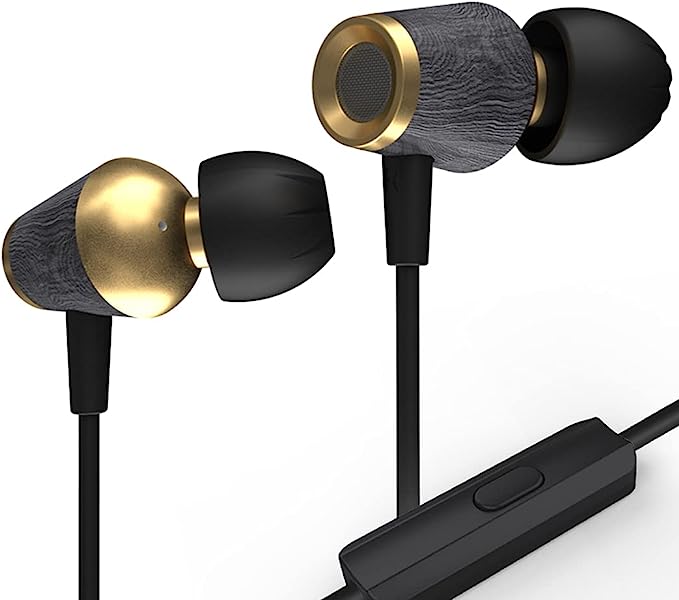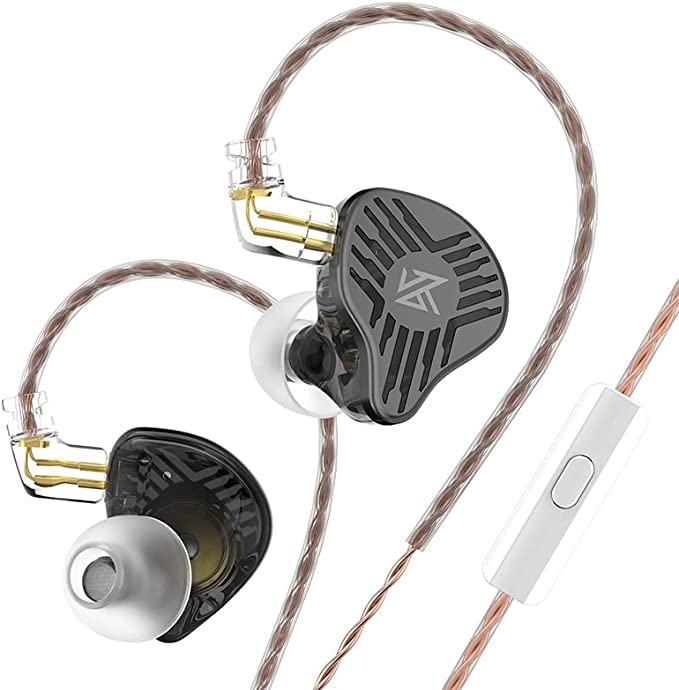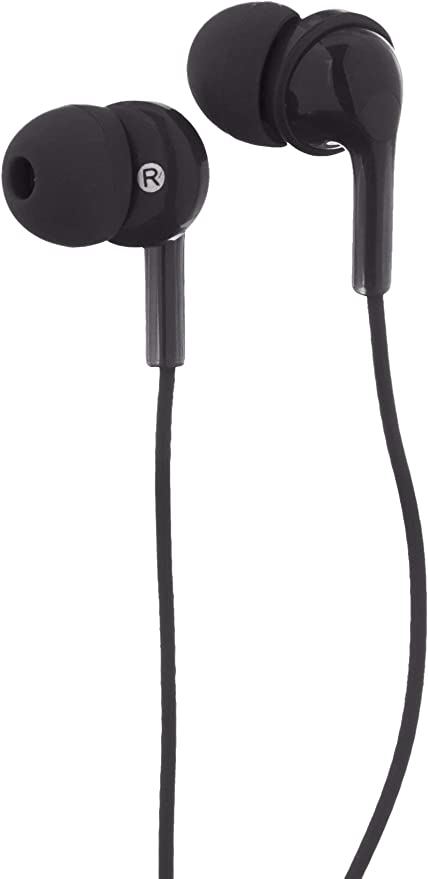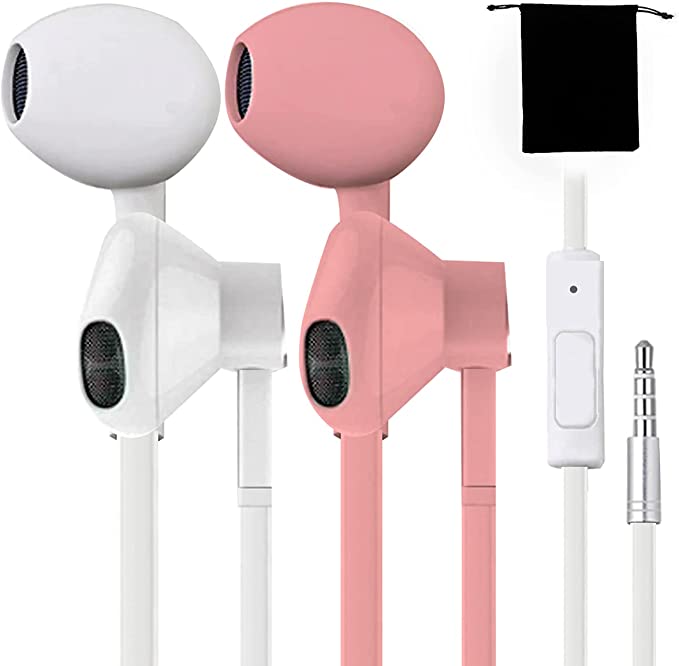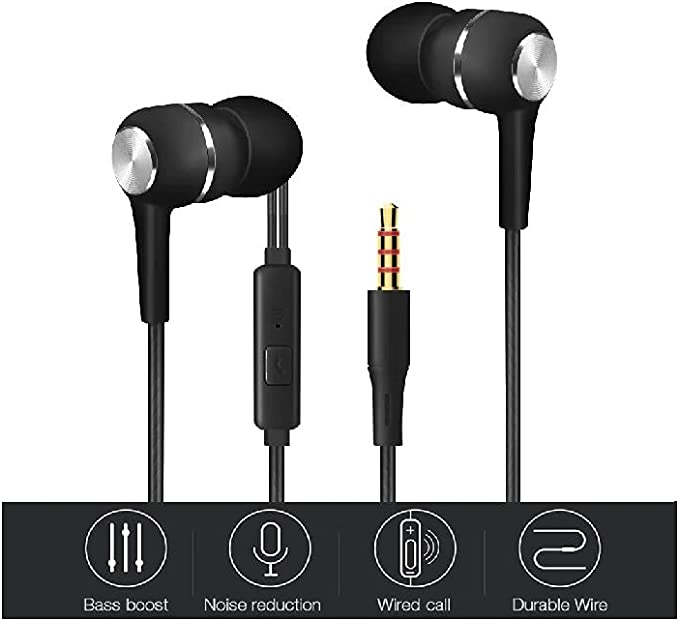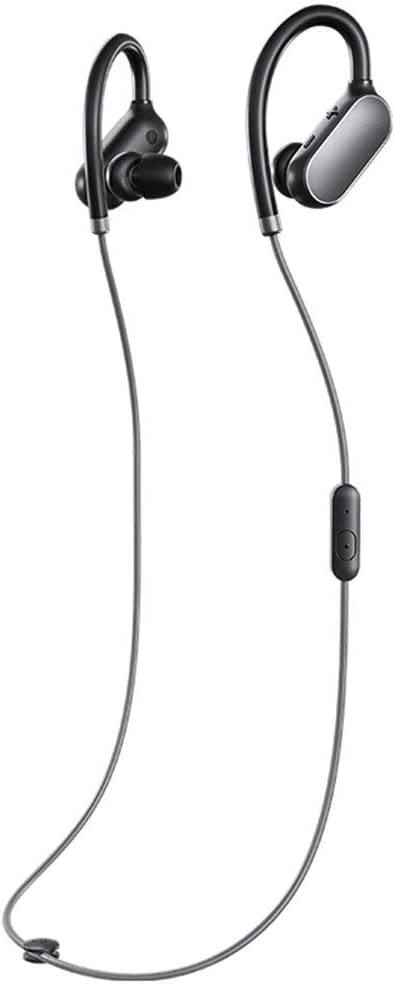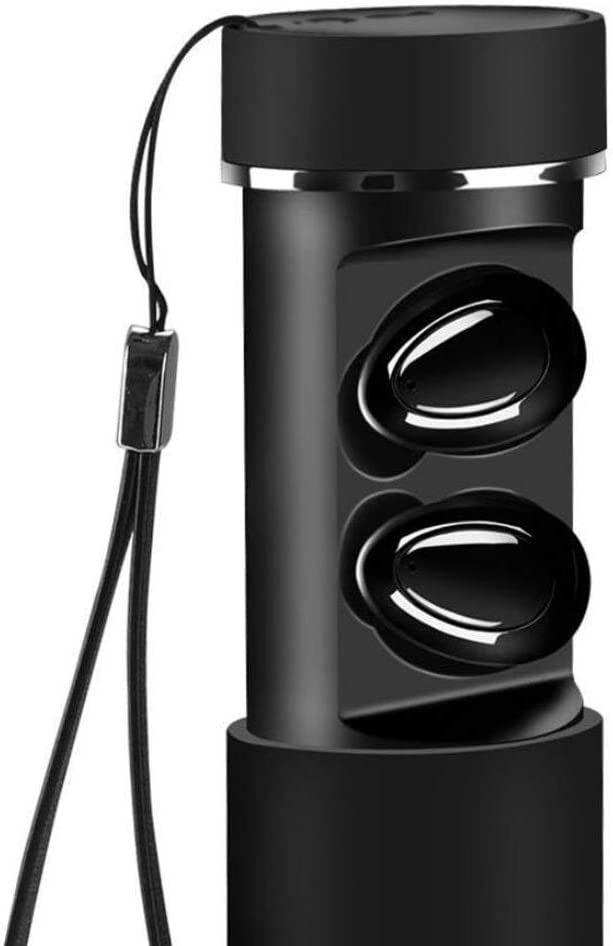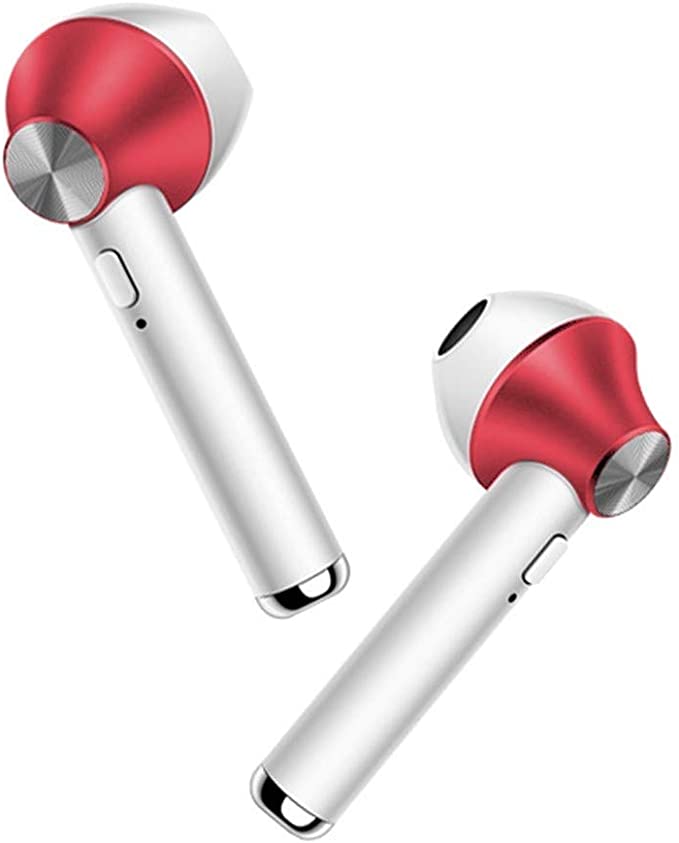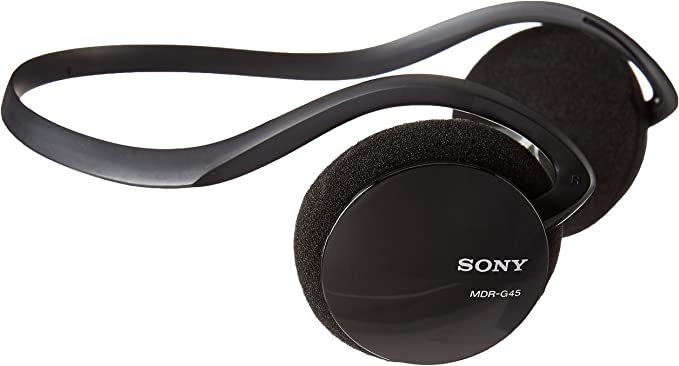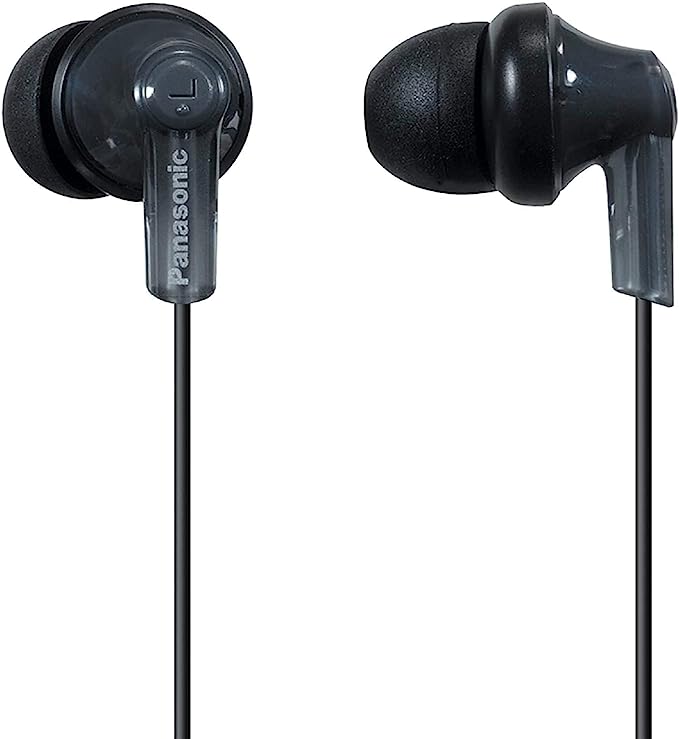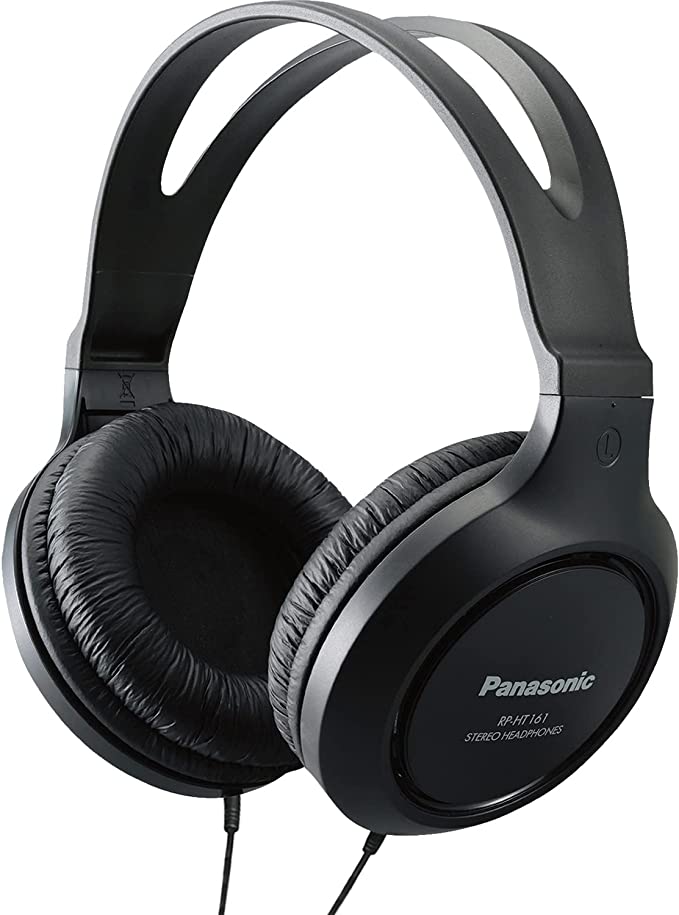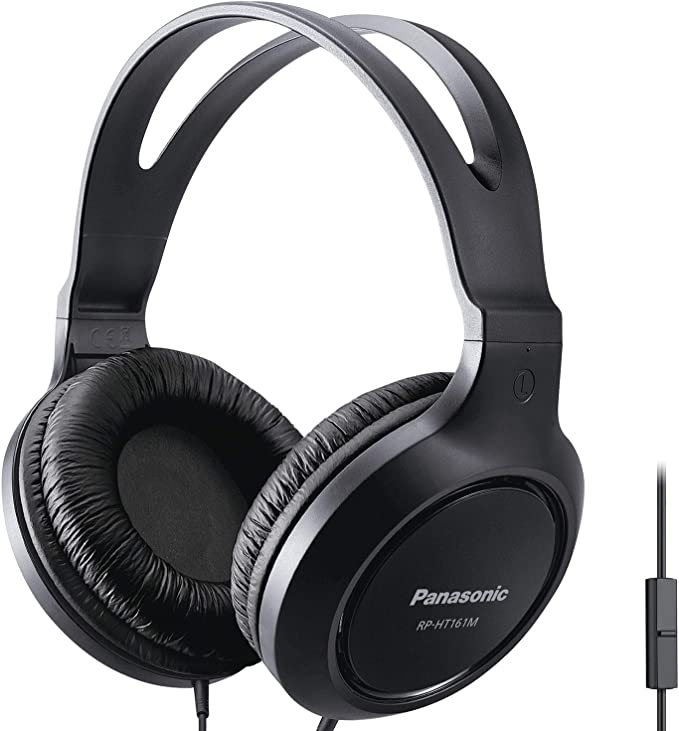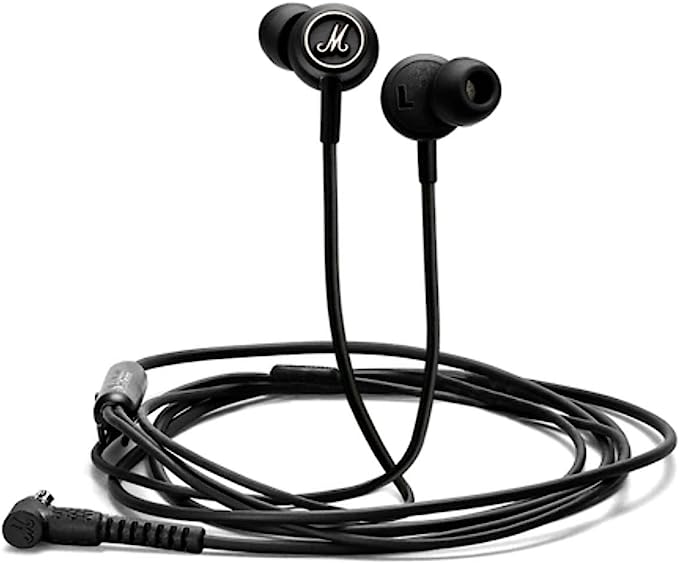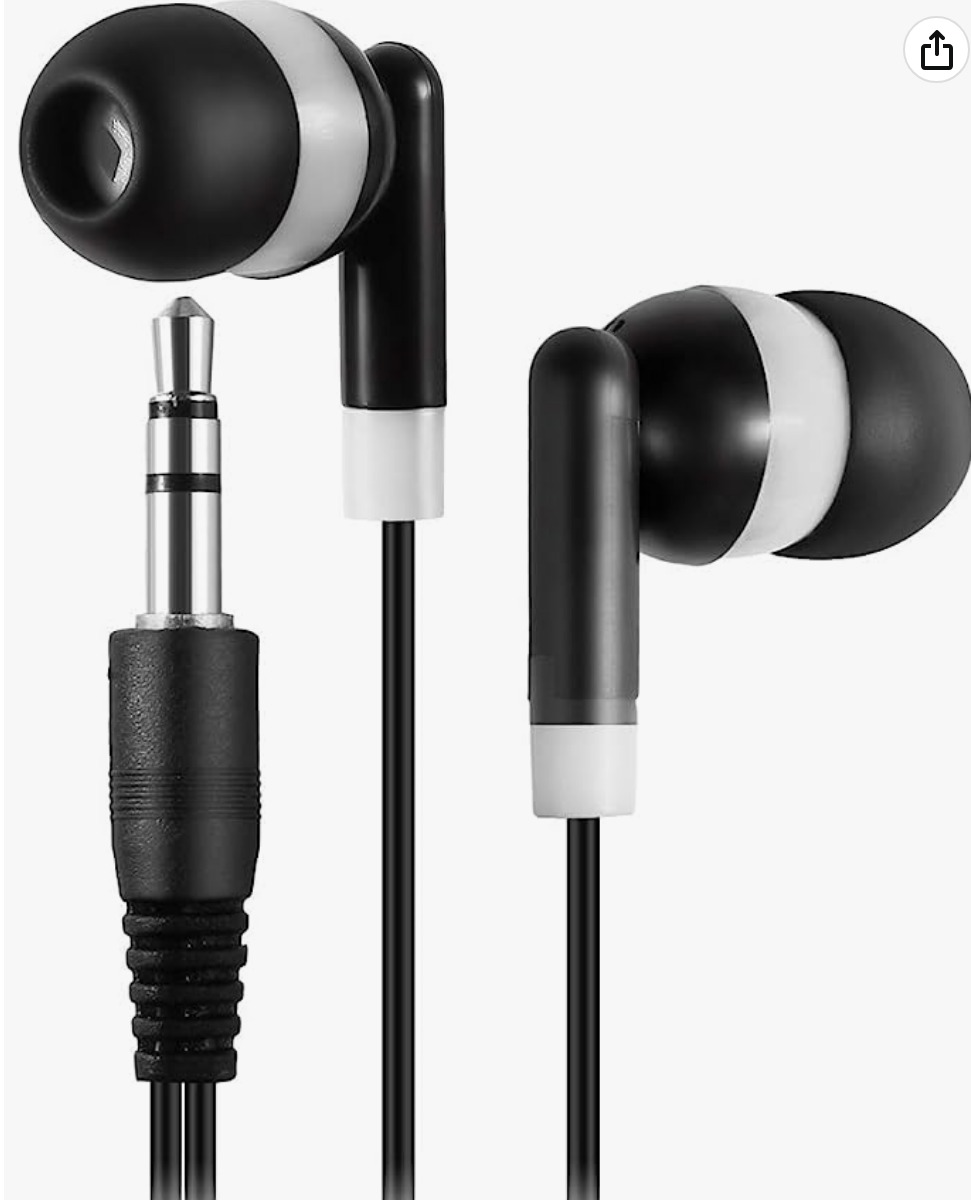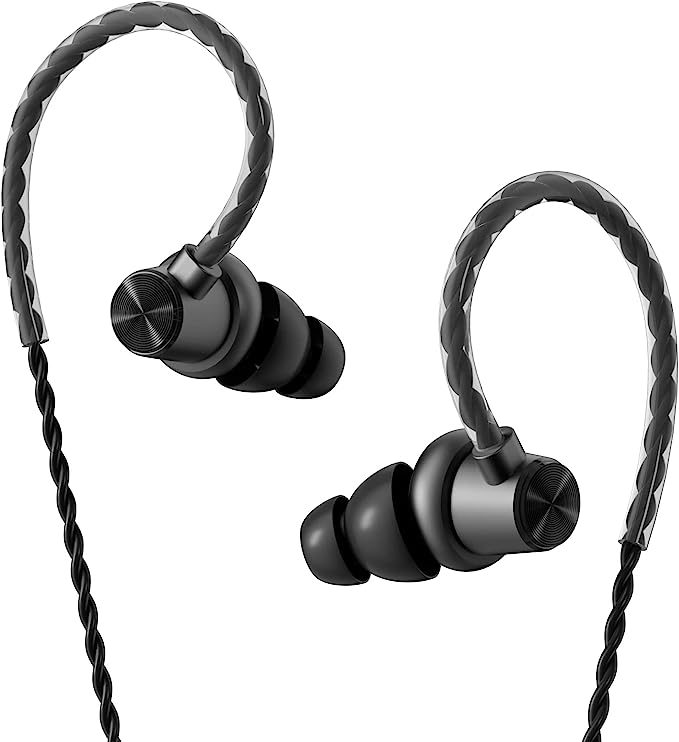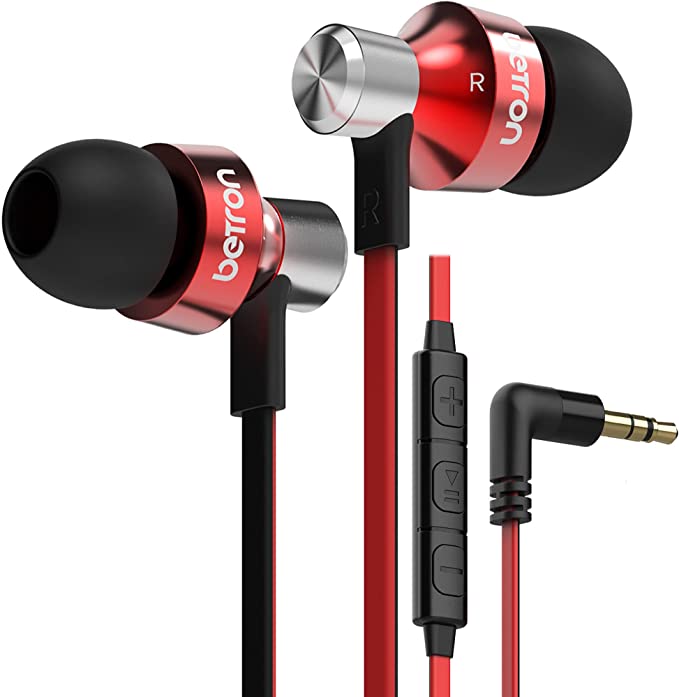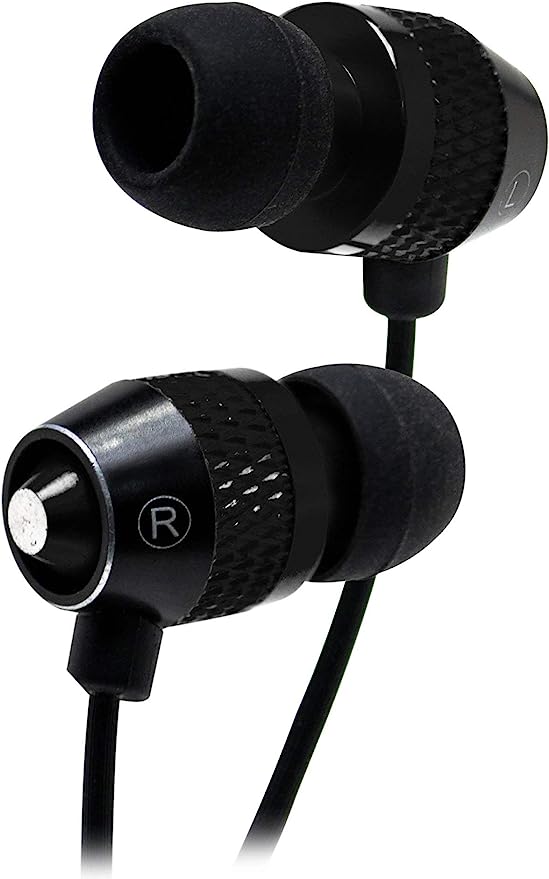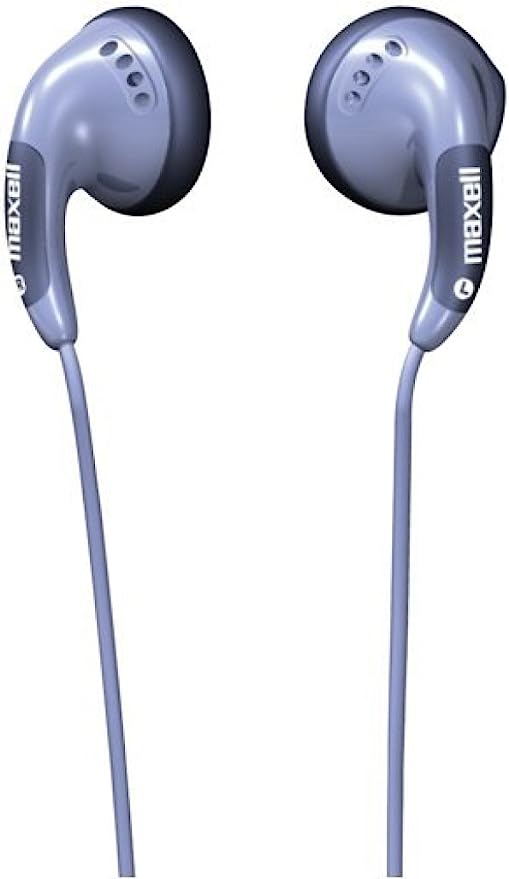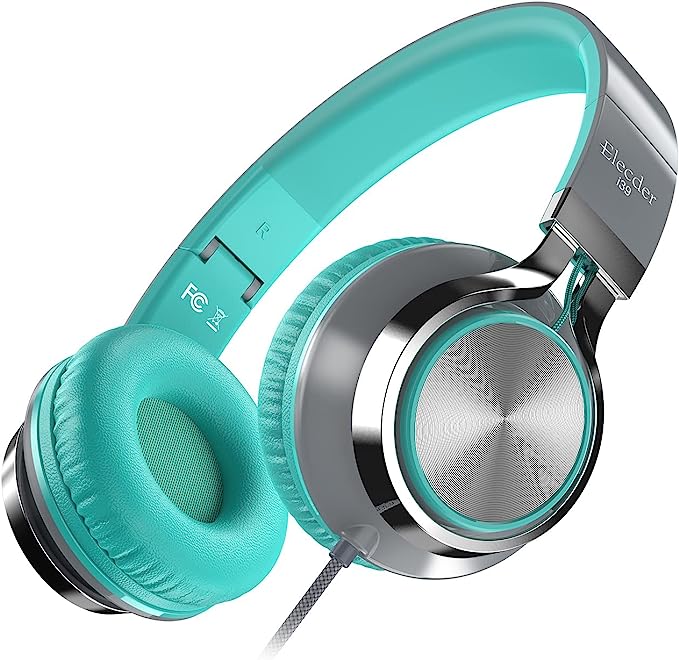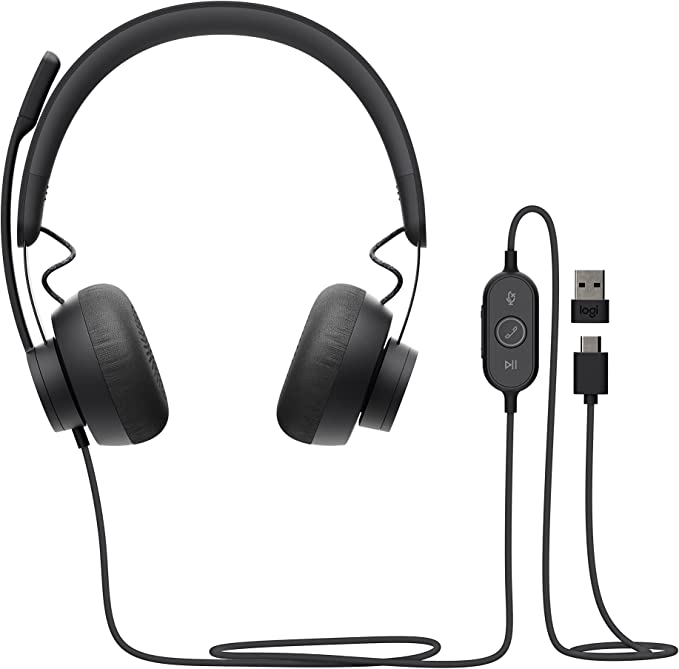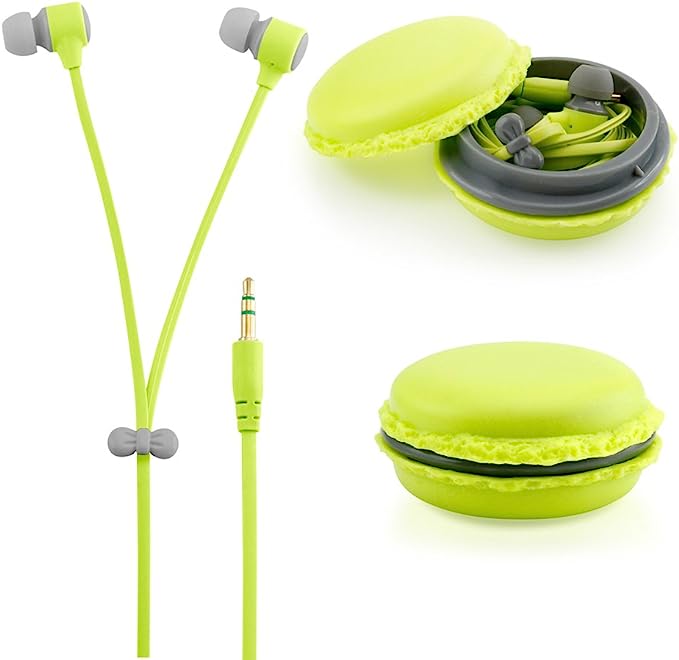Joymiso YC1 USB-C Headphones: Your Gateway to Comfortable, Wired Audio Freedom
Update on May 30, 2025, 2:49 p.m.
There’s a quiet revolution happening in our pockets and on our desks. The once-ubiquitous 3.5mm headphone jack, that trusty little porthole of personal sound, is slowly fading into the annals of tech history. Its departure has been met with a mix of sighs, shrugs, and the occasional frustrated groan, especially when a dongle goes missing. In its place, the versatile USB-C port has risen, promising a more unified, capable future for our gadgets. But what does this shift truly mean for that most personal of audio experiences – the humble headphone? And in a world rushing towards wireless everything, is there still a place for a good, old-fashioned wire?
Let’s embark on a journey to explore these questions, using a seemingly modest piece of equipment as our guide: the Joymiso YC1 USB C Headphones. It might look like just another pair of earbuds, but nestled within its design are principles of audio science, ergonomic thought, and engineering choices that tell a larger story about how we listen today.

The Alchemy of Sound – From Digital Bits to Sonic Bliss
The most immediate change the USB-C port brings to headphones like the YC1 is the potential for an all-digital audio pathway from your device right up to the headphones themselves. Think of the classic 3.5mm jack as an analog system. Your phone or laptop would convert the digital music files into an electrical analog signal, which then traveled down the wire to the headphone drivers. This analog signal, like a flowing river, could pick up interference along the way – a crackle here, a hum there – from other electronic components in your device or even the cable itself.
USB-C audio, however, often keeps the audio signal in its pristine digital form for much longer. Imagine your favorite song as an original masterpiece painting. An analog signal is like a good quality photograph of that painting – pretty close, but susceptible to the imperfections of the photographic process and paper. A digital signal, when handled well, is more like a high-resolution digital scan of that painting. It’s a stream of data, ones and zeros, that faithfully represents the original. This digital stream is inherently more resilient to electrical noise as it travels to the headphones.
Now, your ears can’t understand ones and zeros. So, somewhere inside USB-C headphones (or sometimes in a tiny bump in the cable), there’s a miniature marvel called a Digital-to-Analog Converter, or DAC. This is the unsung hero, the alchemist that finally translates that pure digital stream back into the electrical signals that the headphone’s tiny speakers (drivers) can turn into the sound waves you hear. The Joymiso YC1, by plugging directly into your device’s USB-C port, taps into this potential for a cleaner, less adulterated audio signal from source to ear. It’s designed for broad compatibility, ready to connect with a host of modern devices, from Google Pixel and Samsung Galaxy phones to iPads and MacBooks, no adapter needed.
But what about the sound itself? The manufacturer of the YC1 highlights a frequency response that extends up to $20 \text{ kHz}$ and an impedance of $32 \text{ Ohms}$. Let’s decode what this means for your listening experience.
Frequency response tells us the range of sound tones the headphones can reproduce, from the deepest bass rumbles to the highest, most delicate cymbal shimmers. The human ear, at its prime, can typically perceive sounds from about $20 \text{ Hertz}$ ($20 \text{ Hz}$) to $20,000 \text{ Hertz}$ ($20 \text{ kHz}$). A range reaching $20 \text{ kHz}$ suggests the YC1 aims to cover this full audible spectrum. This means it should be capable of delivering those “strong bass” notes mentioned in its description, without sacrificing the “clear mids” where vocals and most instruments live, or the “crisp highs” that add detail and air to the music. It’s about painting the entire sonic picture, not just a portion of it.
Then there’s impedance, measured in Ohms ($\Omega$). Think of it like the width of a water pipe. A very narrow pipe (high impedance) needs a lot of water pressure (power) to get a good flow. A wider pipe (low impedance) lets water flow easily even with less pressure. At $32 \text{ Ohms}$, the YC1 presents a relatively low impedance. This is good news for use with portable devices like smartphones and laptops, which typically don’t output a massive amount of power to their headphone ports. These earbuds won’t be too “thirsty” for power, allowing your device to drive them efficiently to satisfying volume levels without straining, which helps maintain sound clarity. It’s a Goldilocks number – not so low as to potentially cause issues with some audio outputs, and not so high as to be too quiet without a dedicated amplifier. The goal, acoustically, is a balanced soundscape, one that doesn’t artificially bloat the bass or make a singer’s voice sound thin, allowing different genres of music, podcasts, or even the subtle cues in a game to come through clearly.

The Invisible Embrace – The Science of Silence and Stability
Beyond the raw sound, how headphones interact with your ears and the outside world profoundly impacts your listening. The Joymiso YC1 focuses on two key aspects here: passive noise isolation and ergonomic stability.
Passive noise isolation is your personal cone of silence, but instead of fancy electronics, it’s built by clever physics. Imagine trying to listen to a quiet conversation next to a busy road. If you cup your hands over your ears, the road noise diminishes. That’s basic passive isolation – you’re creating a physical barrier. The YC1 employs this principle through its in-ear design. By fitting snugly into your ear canal, the earbuds themselves block a significant amount of external ambient sound. It’s like having tiny, custom-fitted earplugs that also happen to play music.
The effectiveness of this seal is paramount, and that’s where the choice of ear tips comes in. Joymiso provides four different sizes of ear tips: three in silicone (Small, Medium, Large) and an extra pair of memory foam tips. Silicone offers a durable, flexible seal. Memory foam, on the other hand, is a bit of a marvel. When you compress it and insert it into your ear, it gently expands to conform to the unique nooks and crannies of your ear canal. This creates an incredibly snug and effective seal, often superior to standard silicone for blocking out those distracting chatter or traffic rumbles. It’s like the difference between a standard window and a double-glazed one for keeping sound out (or in). Finding the right tip size and material is crucial not just for isolation, but also for optimal bass response, as a poor seal lets those low frequencies escape.
But what good is a perfect seal if the earbuds keep falling out? This brings us to the art of ergonomic design, especially crucial for something you might wear for hours or while moving around. The YC1 features an over-ear hook design. This isn’t just a stylistic flourish; it’s biomechanics at play. The soft, thin wire loop that goes over the top of your ear helps distribute the earbud’s minimal weight and provides a secure anchor point. This significantly reduces the chances of the earbuds being dislodged by a tug on the cable or the jostling of a workout. It also means the main body of the earbud doesn’t have to be wedged uncomfortably tight into your ear to stay put. This focus on a lightweight build further combats ear fatigue, making those marathon conference calls or long commutes more bearable.
This attention to fit particularly resonates with users who often find standard earbuds problematic. As one user, CaitLG90, shared in a review, “I always have an issue with my headphones or earbuds causing me soreness since they are so petit. This set is perfect… They’re comfortable.” Catering to “kids, women, [and those with] small ears,” as the product description notes, isn’t just about a niche market; it’s a hallmark of inclusive design, recognizing that one size rarely fits all, especially when it comes to something as personal as what goes in your ear.

The Conductor’s Baton – Microphone, Controls, and the Test of Time
In our hyper-connected world, headphones are often as much about communication as they are about consumption. The Joymiso YC1 integrates an in-line microphone and remote controls into its cable. The microphone, that little aperture often found in a small casing a few inches below one of the earbuds, is positioned to be relatively close to your mouth. The science here is straightforward: the closer the mic is to the sound source (your voice), the stronger your voice signal will be relative to background noise. However, for any small microphone on a headphone cable, isolating your voice from the cacophony of a busy street or a crowded office is an immense challenge. It’s a constant balancing act in microphone design between sensitivity to your voice and rejection of unwanted sounds. While the aim is for “handsfree and clear talks,” real-world performance can vary. Some users, like Leila Faucette, noted in a review that the mic sometimes needed to be held closer to the mouth to be heard clearly, a common experience with many earbuds in this category.
The accompanying in-line remote offers the tactile convenience of managing your audio and calls without constantly fishing for your phone. Adjusting volume, pausing your music for a quick chat, skipping to your favorite track, or answering an incoming call – these simple button presses become an intuitive extension of your listening experience. (It’s worth noting, as Joymiso does, that full remote functionality can sometimes vary depending on the specific device and application being used, a common quirk in the diverse Android ecosystem).
Finally, let’s talk about a subject close to the heart of anyone who has ever mourned a prematurely deceased pair of wired earbuds: durability. The YC1 is described as having a $131\text{cm}$ (52-inch) cable that is “thick and sturdy” and designed to be tangle-resistant. The USB-C plug itself is stated to be reinforced, aiming to withstand the stresses of repeated plugging and unplugging, which is often a major failure point. Furthermore, a sweatproof design offers a degree of protection against moisture, a welcome feature for those who use their headphones during workouts or in humid conditions.
However, the Achilles’ heel of many wired headphones, regardless of initial build quality, often remains the wire itself. Constant flexing, snagging, and coiling can eventually lead to internal breaks. One user, Miguel Fernández, reflected this common pain point by mentioning that “wires are real fragile so any bend… start making the connected device go crazy.” This highlights the inherent challenge in making thin, flexible cables also incredibly robust. Joymiso does provide a 1-year warranty, offering a safety net and a degree of confidence in their construction.

Coda: The Enduring Note of Wired Fidelity
In an era that extols the virtues of cutting cords, the Joymiso YC1 reminds us that wired audio isn’t just clinging to the past; it offers distinct, enduring advantages. There’s an elegant simplicity to it: no batteries to charge, no surprise dropouts in the middle of your favorite song due to Bluetooth interference, and often, no perceptible latency – that tiny, sometimes infuriating delay between what you see on screen and what you hear, which can be a bane for gamers or video watchers. It’s a pure, direct connection to your sound.

The Joymiso YC1, then, serves as a humble ambassador for this philosophy. It’s an everyday essential that, upon closer inspection, reveals a good deal of thoughtful design aimed at balancing sound quality, ergonomic comfort, and practical usability in our modern, USB-C-centric world. It may not have the headline-grabbing features of its pricier wireless cousins, but it champions the idea that a reliable, comfortable, and good-sounding wired experience still holds immense value.
Ultimately, understanding the science and design that goes into even a seemingly simple pair of headphones like the YC1 can empower us. It allows us to listen more critically, to choose our audio companions more wisely, and perhaps, to find a little more joy in the technology that fills our lives with sound. And that, in itself, is a truth worth unwiring.
